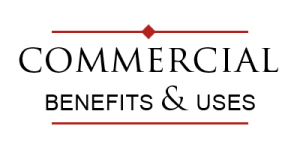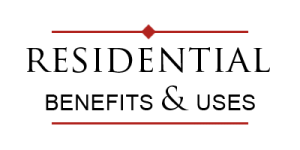 Photo Credit Vigal Veia
Photo Credit Vigal Veia
If you watched with millions of others, the final stage of the Tour De France, you saw the peloton on the Champs-Elysees. You saw the riders on the Belgian Porphyry that is laid here in an overlapping arc pattern.

The Avenue des Champs-Elysees is one of the most famous streets in the world. It remains the second most expensive real estate in Europe. This and many other Paris streets are paved in stone. Some have a local sandstone but many have been paved with Belgian Porphyry in the highly stable overlapping arc pattern. This pattern is not only classically beautiful but its ability to create interlock allows it to perform under tremendous traffic loads. The pattern has proven to be a favorite for driveways and auto courts. In the picture to the right, you see the famous slab granite gutter between the streetlamp and the porphyry. This is one area the cyclists use to avoid the bumpy ride on the cobble stones.
Belgian Cyclist Webb Graham provides this information on Porphyry and the historical connection to European Cycling:

“The Flemish cobbles have always enjoyed a sort of love/hate relationship with cyclists and they’ve always fascinated me. After living here for so many years I have actually grown to love them for the challenge that they provide in a race. It’s only when you get over loathing cobbles that you can actually ride them well and turn them to your advantage in a race. You may think that I’m going nuts saying “I love cobbles” but I can’t be the only one as more and more cobbled climbs and streets are being classified as a ‘monument’. In fact the cobbled roads in Flanders have always been called, in Flemish, ‘Monumenten van de kleine man’ (Monuments to the man in the street).
The history of Flemish and northern France cobbles goes back many hundreds of years, to a time when Flanders, and the Flemish speaking people, reached right down to Calais. Even when I moved here in the 60s there were still some French people in the north of Francethat could only speak Flemish! Dunkirk, from the Flemish ‘Duinkerke’ (church in the dunes), and many north French towns still have Flemish names.

These ancient architectural materials, Porphyry paving products, are available in North America from Milestone Imports. More information at – www.milestoneimports.com



